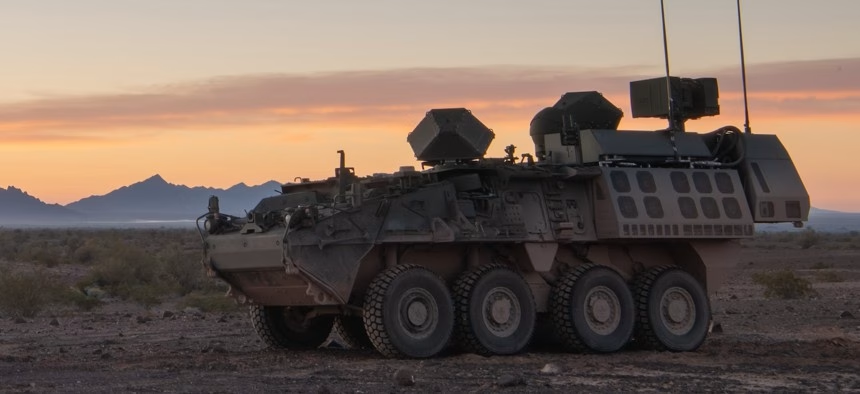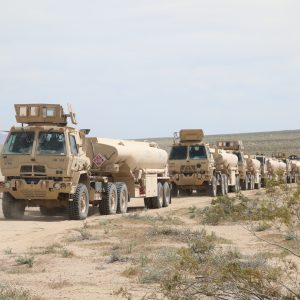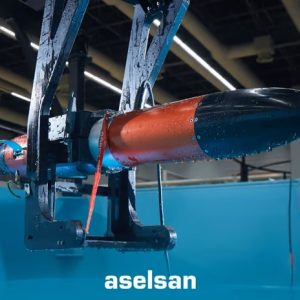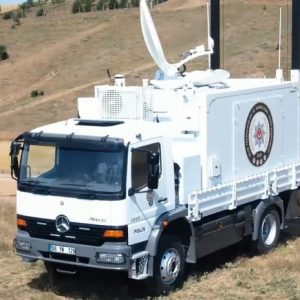The directed-energy air-defense transition within the U.S. Army marks a decisive shift from decades of prototyping toward operational integration. The upcoming 2026 award for a high-energy, vehicle-mounted laser production contract will be a critical test of whether these systems can move beyond experimental deployments to become embedded in U.S. layered defense architectures against drones, rockets, and missiles.
Strategic Context and Operational Significance
Directed-energy weapons (DEWs), particularly high-energy lasers (HELs), promise to alter the cost calculus of short-range air defense. By replacing expensive kinetic interceptors for low-cost threats, HELs can reshape the U.S. Department of Defense’s approach to counter-UAS and counter-rocket missions. The Army’s Rapid Capabilities and Critical Technologies Office (RCCTO) has already field-tested 17 prototype systems, including Raytheon’s 50-kilowatt-class HELs on Stryker vehicles deployed in the Middle East.
The results have driven a $679 million request in the FY2026 budget to equip 44 Strykers. This contract will be awarded through open competition, with RCCTO Director Lt. Gen. Robert Rasch emphasizing integration into a “tiered defense” framework alongside next-generation interceptors, Coyote systems, and Stinger missiles.
Challenges: Physics, Culture, and Reliability
HELs face persistent physical constraints: beam attenuation from particulate matter, atmospheric turbulence, and scattering, especially near ground level. This necessitates closer engagement ranges, which can increase platform vulnerability. Field trials at Fort Sill, Oklahoma, revealed another barrier — soldier preference for proven missile interceptors over newer laser solutions, due in part to engagement tactics requiring threats to close distance before engagement.
Building operator confidence is thus as vital as technical performance. Rasch notes that reliability and maintainability in austere environments — without the need for particle-free facilities — will be decisive in accelerating adoption.
Robotics and Forward Integration Concepts
Army leadership is exploring doctrinal innovations to offset HEL range limitations without costly power increases. Concepts include deploying lasers on unmanned ground vehicles (UGVs) positioned forward, reducing soldier exposure while maintaining layered air defense coverage. Current development work at Fort Belvoir and Aberdeen Proving Ground supports this distributed, risk-reduction approach.
Strategic Implications of the 2026 Decision
The 2026 production award will be a milestone in the directed-energy air-defense transition, determining whether HELs mature from niche prototypes to program-of-record capabilities. Success will require balancing beam physics, operator trust, and sustainment design. Failure to resolve these interlinked factors risks relegating directed energy to supplemental roles in U.S. air-defense doctrine.

Further Reading:










